Generative AI is a powerful form of artificial intelligence that has the potential to revolutionize many aspects of our lives. Such systems are being increasingly used in a variety of industries including healthcare, finance, robotics and even entertainment.
In this article, we’ll take a deeper look at what generative AI is, how it works and, most importantly, how it can be implemented in the marketing field.
TL;DR
- Generative AI is a type of artificial intelligence that creates new data from existing data (text, images, videos, music…)
- The fear among many people is that generative AI could lead to a decrease in jobs for humans and increase unemployment levels.
- Some examples of generative AI include TextCortex, ChatGPT, DALL-E and Midjourney.
- Generative AI in marketing can be used to improve your customers’ experience, boost the social media game of your company, draft & proofread your content, analyze data sets to identify common patterns and understand general market trends.
What Is Generative AI?
Generative AI is a type of artificial intelligence that focuses on creating new data from existing data.
It uses algorithms to generate new information, which can include anything from text to images, video, and audio. Generative AI is used in a wide range of applications from creative works such as music or artwork to more practical applications within industries like healthcare, finance and marketing.
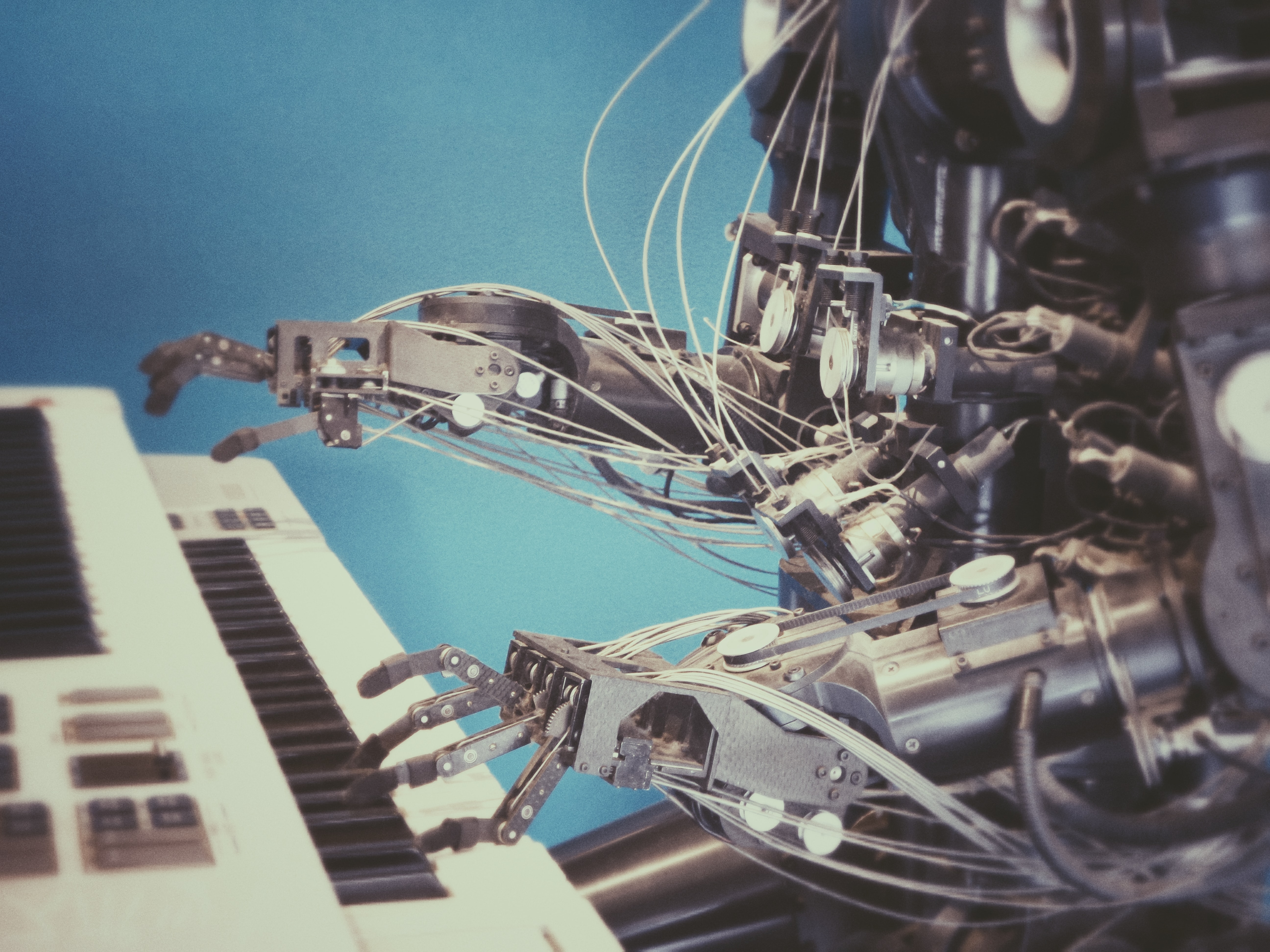
How does it operate?
Generative AI systems are different from traditional machine learning algorithms in that they focus on automating the process of generating data rather than just analyzing existing data sets.
For example, a generative model might be trained to create realistic pictures or text based on a set of parameters. To do this, the system would need to learn how to create images or sentences from scratch based on a given set of instructions and parameters.
Generative models usually employ deep learning techniques such as generative adversarial networks (GANs). These neural networks are designed to create new data and evaluate it quickly and accurately.
Generative models also use reinforcement learning techniques which allow them to learn over time by being rewarded for correctly predicting output values or making decisions based on its environment.
What can generative AI produce?
Generative AI can be used to create new images, videos, music and text based on existing data sets.
For example, a generative AI could take a collection of photos and create a completely new image by combining elements from each of them together. It could also take audio recordings and generate brand-new pieces of music or create new stories out of text documents.
Concerns
As technology advances, so do concerns about the potential impacts of automation and generative AI on the job market.
The fear among many people is that generative AI could lead to a decrease in jobs for humans and increase unemployment levels. This fear has been around since the industrial revolution when machines began replacing workers in factories, but with modern advancements in technology, this concern has become more imminent than ever before.
On the other hand, many believe that AI could create new types of jobs and improve working conditions for those already employed.
Ultimately, it’s difficult to predict exactly how AI will affect employment trends in the coming years. However, it’s important to consider both sides of this debate when evaluating its potential impact on workers and the economy as a whole.
Examples of Generative AI
In the following section, we’ll explore some examples of generative AI in action and how it can be used to streamline daily work routines.
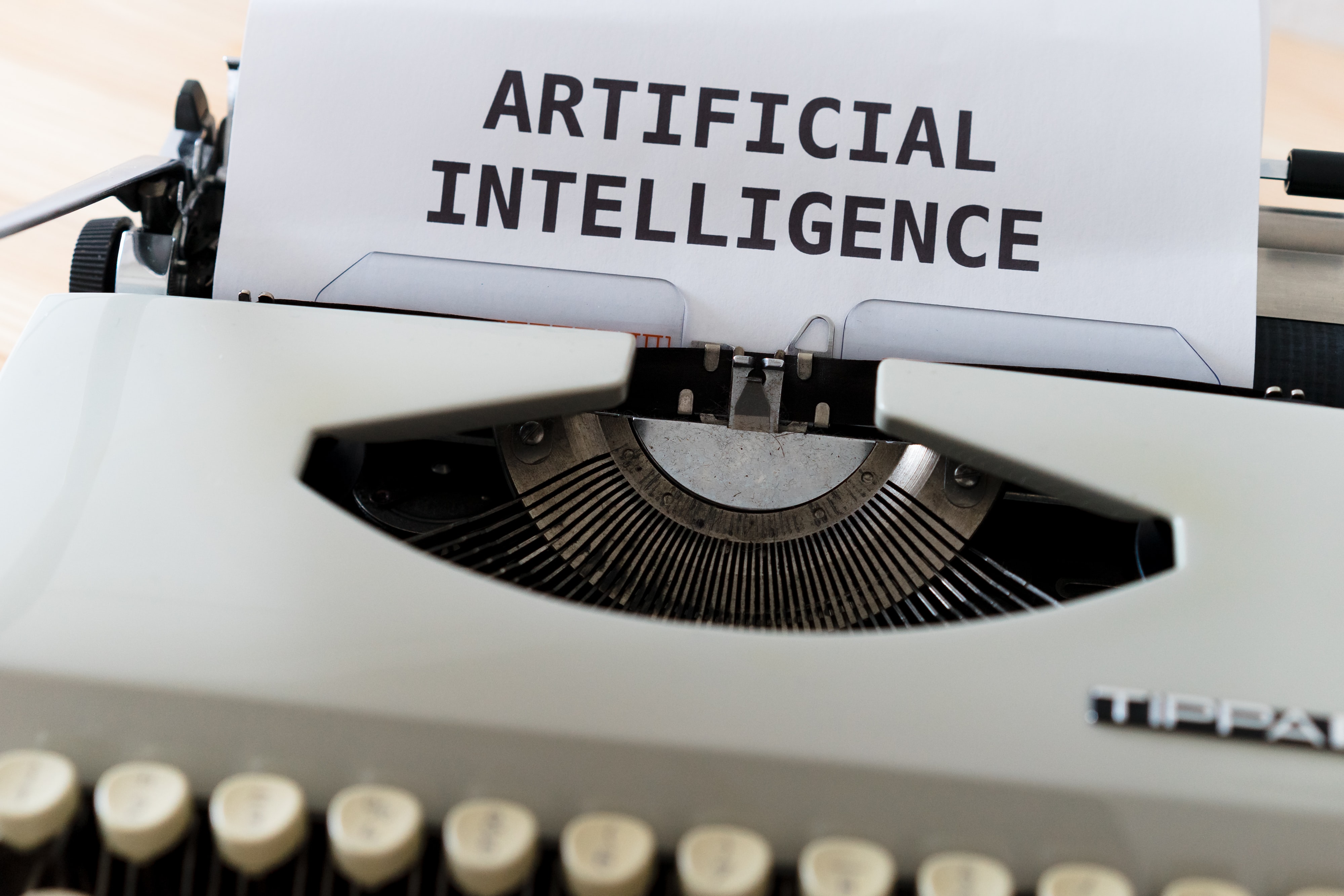
TextCortex
TextCortex is an AI-powered writing tool that provides assistance with generating, writing and paraphrasing your content.
The tool is available as a web application and a Chrome extension and it is known for its refined solutions and very flexible assistance. In fact, you can bring TextCortex anywhere with you on the internet, as it is integrated in over 2000 platforms.
The extension comes with 60+ writing templates scattered in useful categories and a brand new virtual assistant: ZenoChat!
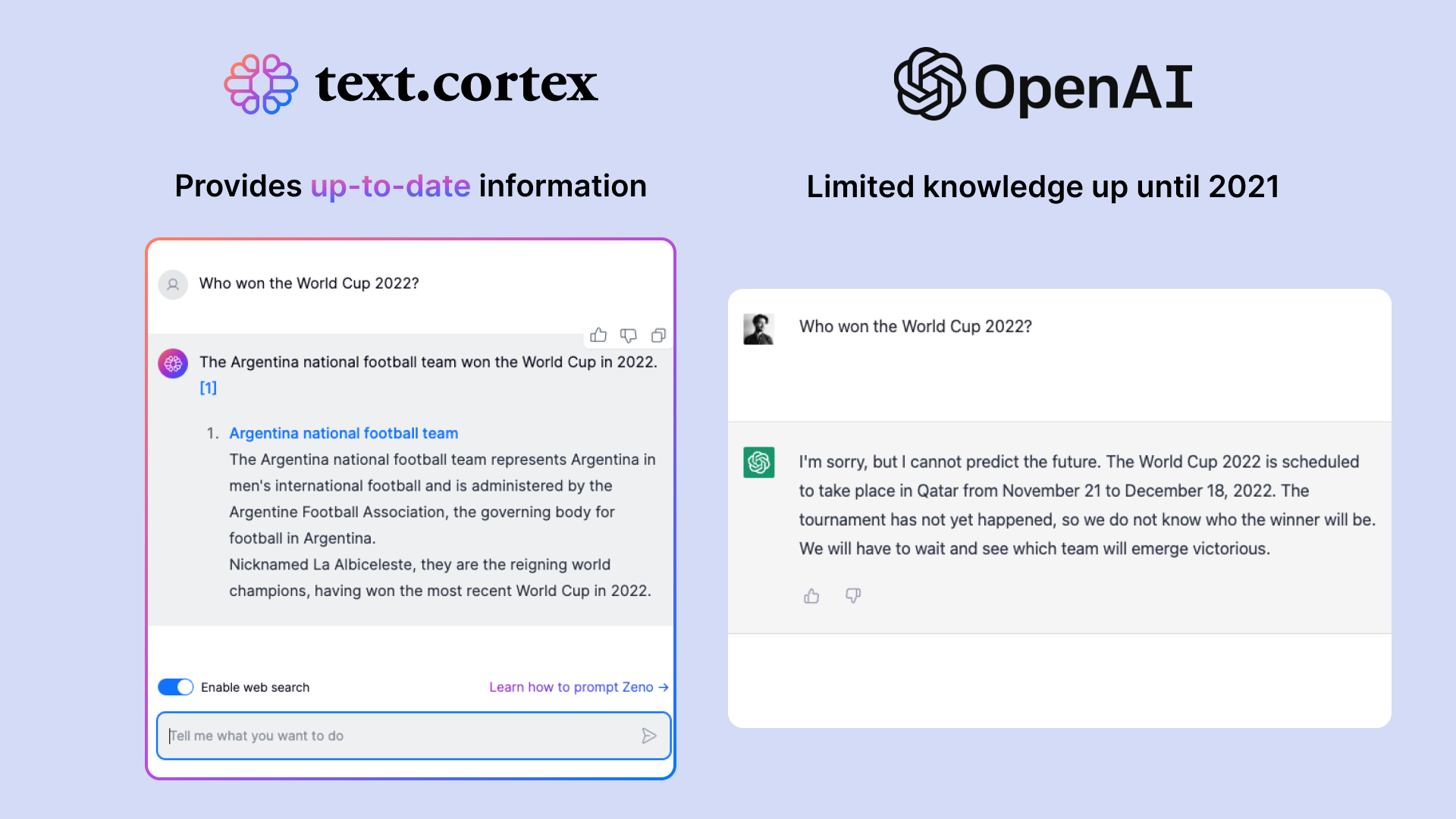
ChatGPT
ChatGPT is a new artificial intelligence (AI) technology that enables natural conversations between humans and machines.
It is powered by OpenAI’s GPT-3 language model, which allows it to understand and generate human-like conversations. ChatGPT can be used to create automated customer service applications, virtual assistants and other conversational AI solutions.
DALL-E
DALL-E is an artificial intelligence tool designed to generate images from text descriptions, allowing users to create complex visuals with simple commands.
The AI works by taking in natural language descriptions and then using an algorithm to generate the corresponding image. For example, if you type in “a man riding a blue bicycle” into the system, it will produce an image of what it interprets that sentence to be.
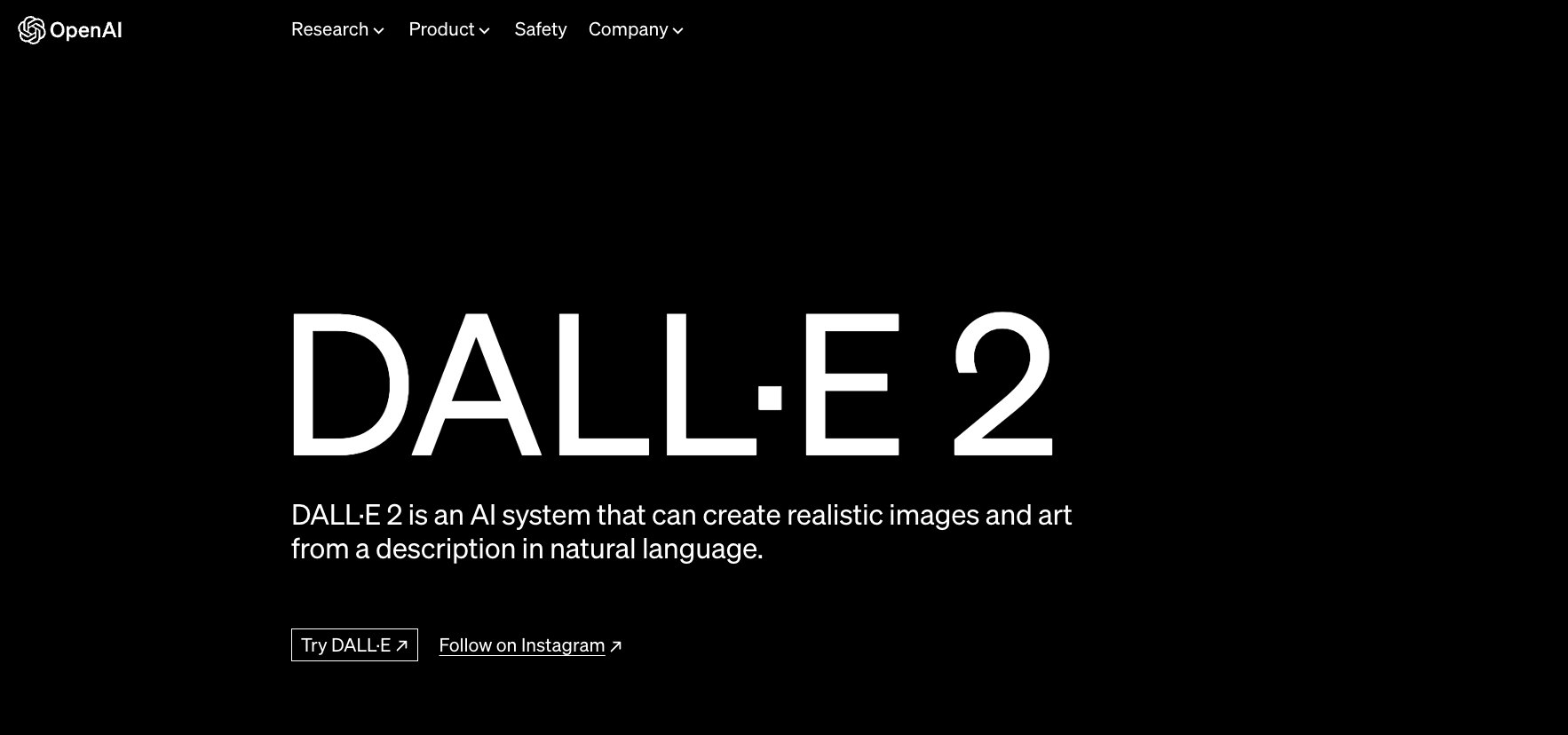
Midjourney
Midjourney is an independent research lab that is making waves in the world of artificial intelligence. Their AI program uses natural language processing to generate images based on textual descriptions.
This technology has far-reaching implications for a variety of industries, from advertising to game design and education. Companies can now create custom visuals with just a few keystrokes instead of having to hire graphic designers or purchase expensive software.
In addition, this technology could be used by educators to help students better understand complex concepts through visual learning. Here is an example from Midjourney:

Generative AI in Marketing
Generative AI is revolutionizing the way marketers create content for their campaigns: AI-generated content can be used to create compelling stories, personalize marketing messages, and increase engagement with customers.
Let’s take a look at some of the ways that generative AI is helping marketers reach their goals faster and more effectively than ever before.
Improve your customers’ experience
Generative AI systems can analyze large amounts of data quickly in order to identify patterns in customer behavior and develop strategies that target those customers most likely to be interested in a brand’s products or services.
Generative AI also helps marketers create personalized experiences by providing them with insights into how their customers interact with their content—what they like, what they don’t like, where they spend the most time on social media—allowing them to tailor their messages accordingly.
Boost social media game
In today’s digital world, marketing and social media have become closely connected. With the rising popularity of social media platforms, businesses must use them to their advantage in order to reach new audiences and keep existing customers engaged.
Generative AI is an effective tool that can help businesses come up with creative captions, posts and content for their social media channels: it uses algorithms to generate unique content based on a given set of parameters or keywords.
Overall, using generative AI for marketing purposes can be extremely beneficial for businesses looking for an edge in today’s digital landscape. By utilizing this technology, companies are able to craft creative posts that will attract new leads while still keeping existing followers engaged with their content.
Draft, proofread, analyze
Generative AI tools can revolutionize the way you create content. With these powerful tools, you can draft written content in seconds without having to think about what to write: this includes content briefs, articles, blog posts, newsletters and more.
Such tools are also useful to proofread any text you may have previously written and quickly identify grammar or spelling errors. This will help you save time and focus your energy on other tasks.
Moreover, another way AI can help marketing teams is by analyzing customer feedback: it can look for common patterns in the data that could indicate areas of improvement or areas where customers are most satisfied. This information can then be used to address certain customer concerns more effectively or even identify new opportunities for growth.
AI can also be incredibly helpful when it comes to understanding market trends and positioning a business or product in the best way possible. By analyzing current trends, AI-based tools can provide marketers with valuable insights into what types of content will resonate with customers and how best to communicate those messages in order to maximize engagement and conversions.

%20(3).png)
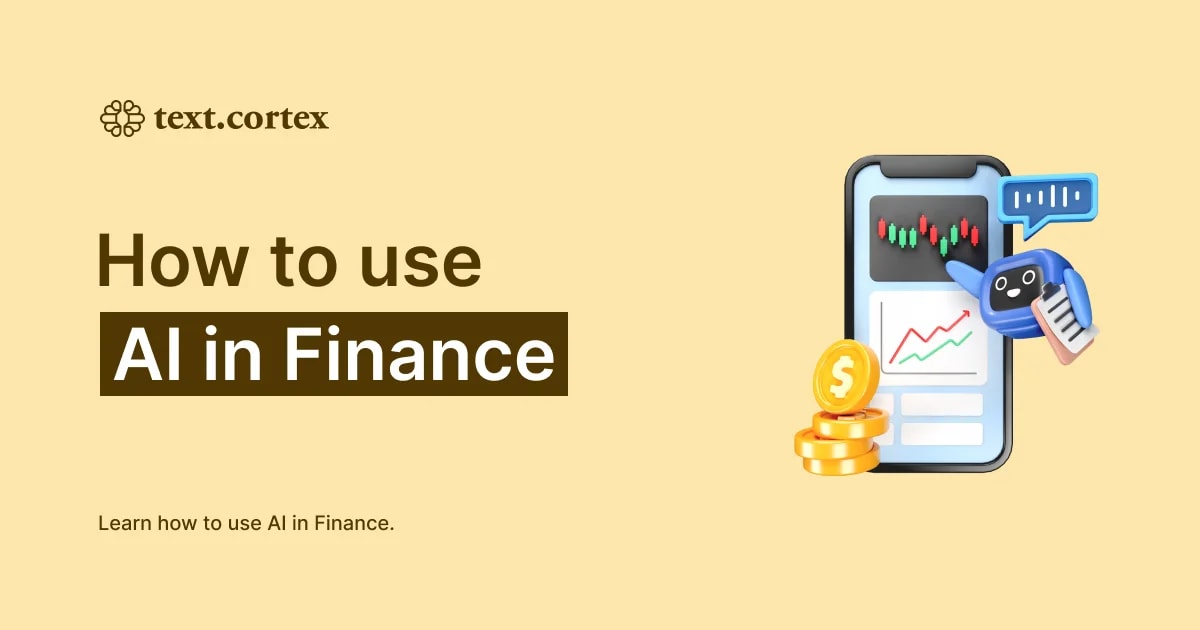

%20(4).png)

%20(12).png)